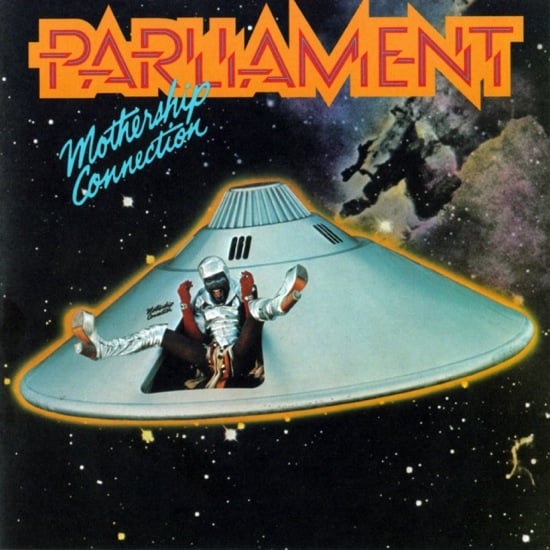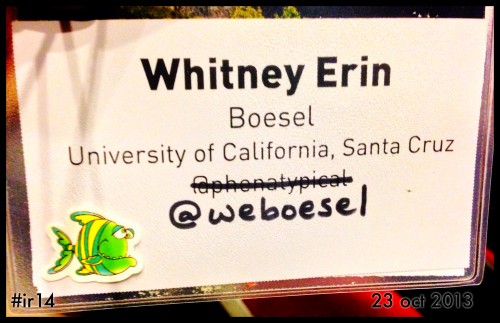
This post is gonna wind its way through the last 30 years of pop culture on its way to saying something about Jenny’s recent post on “The ‘ought’ of Technology.” I want to broaden the lens from technology in particular to pop culture in general, because I think the “ought” Jenny identifies isn’t limited to tech use. The imperative to be moderate is a more generalized cultural norm. This concept of moderation may help us think about how norms and conventions about tech use are integrated in and impact other, less explicitly techy phenomena. It may also explain why nobody cares anymore about kids hearing hidden messages–e.g., from Satan–on records, but worries more about their BMI and their diet. more...







